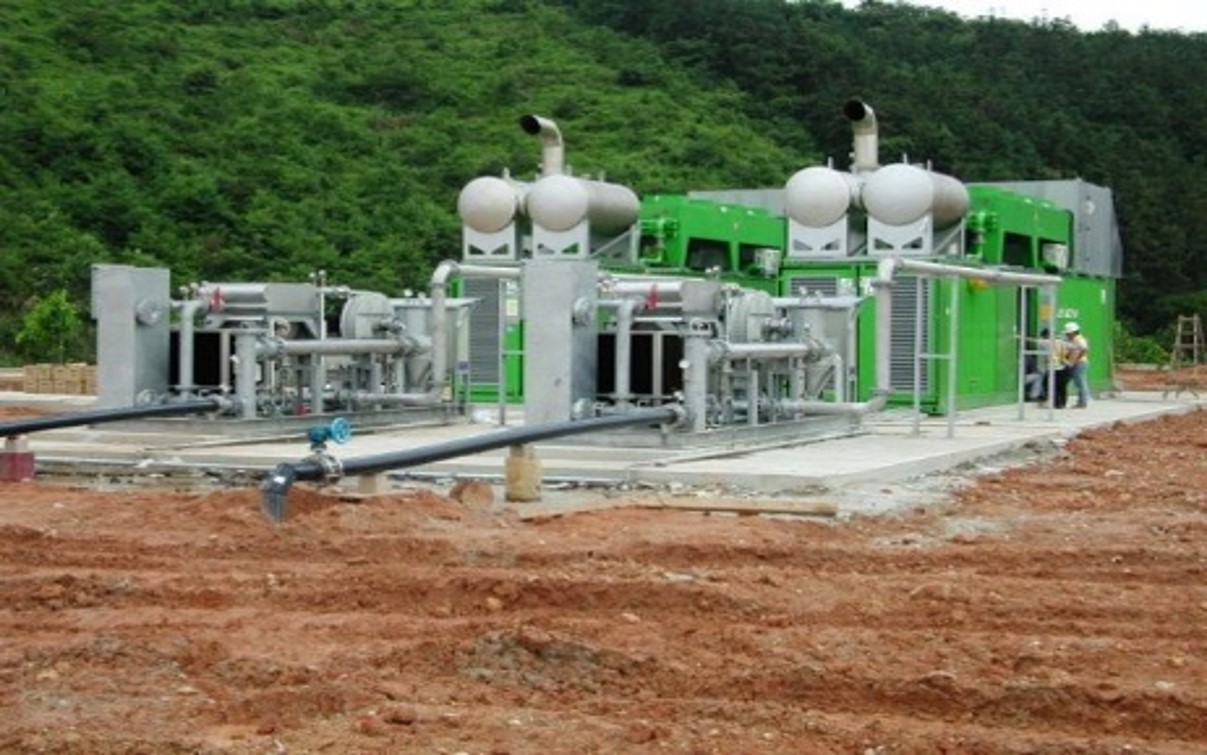Datasheets Download
Ammonia
Advanced Thermal Ammonia Stripping
Thermal stripping provides a low cost alternative to the use of carbon addition in a biological process.
The thermal-stripper breaks the ammonium-ion bond with heat alone. This action converts ammonia into a gas, NH3, which can be driven from the liquid-phase with suitable quantities of air.
In a single pass, it is possible to achieve greater than 98.5% removal of ammonia by this mechanism.
Organics has developed a low-NOx combustion process for flaring waste gas which involves Exhaust Gas Recycle. When combined with the thermal destruction of ammonia gases the result is extremely low NOx emission levels. Heat from the thermal-oxidiser used to destroy ammonia is recovered in conventional heat-recovery economisers and used to power the thermal ammonia stripper.
Ammonia
Ammonia Recovery – Acid Scrubbing
An alternative to destroying the stripped ammonia is recovery with the use of an acid scrubber.
The Advanced Thermal Ammonia Stripper with Ammonia Salt recovery has been developed and patented by Organics to provide a fundamental option for disposing of, or benefiting from, ammonia removed from wastewater streams. Typically, nitric, sulphuric or phosphoric acid may be used to create the ammonium ion salt.
In this arrangement, a thermal oxidiser for ammonia-gas destruction is not required. The single important input remains waste-heat with which to drive fracturing of the ammonium ion into ammonia gas.
Such wasteheat can be taken from any suitable source, such as a gas engine’s exhaust, excess process steam or any other heat-source where energy is available for disposal. Once the process is commenced, the exothermic reaction encountered in salt formation offers the potential of significant energy savings.
Ammonia
Ammonia Recovery – Water Scrubbing
The Advanced Thermal Ammonia Stripper with Ammonia Recovery has been developed and patented by Organics to provide another option for disposing of, or benefiting from, ammonia removed from wastewater streams.
The ATASAR process provides the option of either ammonia recovery as an anhydrous liquid under pressure, or as ammonium hydroxide, held in water. The thermal oxidiser is replaced by a cold-water scrubber.
The single important input remains wasteheat with which to drive the chemical reactions. Heat is required for both heating the feed into the ammonia stripper, as well as to drive the absorption chiller serving the cold-water scrubber.
Such wasteheat can be taken from any suitable source, such as a gas engine’s exhaust, excess process steam or any other heat-source where energy is available for disposal.
Biogas
Biogas Feed Train
Biogas may be produced from many different biodegradable organic substrates. In general, however, its composition will be very similar, being comprised mostly of
- methane, at between 40% and 65% by volume
- carbon dioxide, at between 30% and 40% by volume
- a number of trace gases.
Some trace gases, such as hydrogen sulphide and siloxanes, can be particularly detrimental to gas utilisation systems and may need to be reduced to acceptable concentrations.
In outline terms, a biogas feed train will consist of a gas blower, normally with automatic feed or suction pressure control and equipment to treat the biogas. Treatment may be in the form of reducing trace gas composition, reducing or removing bulk gases, drying the biogas to acceptable levels of moisture content and filtering the biogas to a micron level for particulates.
Organics offers a range of such technologies, as a single package of plant, to perform the duty of preparing biogas for use. With the correct application of this technology, biogas, even from difficult sources, may become a reliable fuel for long-term economic use.
Biogas
Landfill Gas
Biogas
Waste as an Energy Resource
Biogas
SMART Low NOx Flares
Performance NOx – When operating at its peak settings, the Organics SMART flare will achieve emmissions of less than 25 mg/Nm3 (dry gas at 3% Oxygen). At 50% methane this latter is approximately equivalent to a Mass Emission Rate of .025 lb Nox/MMBtu.
Carbon Monoxide – Levels of carbon monoxide will be below 40 mg/Nm3 (dry gas at 3% oxygen), which is approximately equivalent to a Mass Emission Rate of 0.6 lb/MMBtu at 50% methane.
Trace gases – Vinyl chloride, benzene and non-methane organic carbons have all been measured by a NAMAS approved laboratory to be destroyed to greater than 98% efficiency.
Ammonia – When input to a thermal oxidiser equipped with SMART flare technology, an inlet concentration of mg/Nm3 (dry gas 3% oxygen) resulted in a 99.95% removal efficiency and a total Nox load of <100 mg/Nm3.
This latter is well within the requirements of the German TA Luft and the propoesed UK Environment Agency Landfill gas emission standards.
Get a Quote For Your Project

Get a quote today
We’ll contact you shortly.






